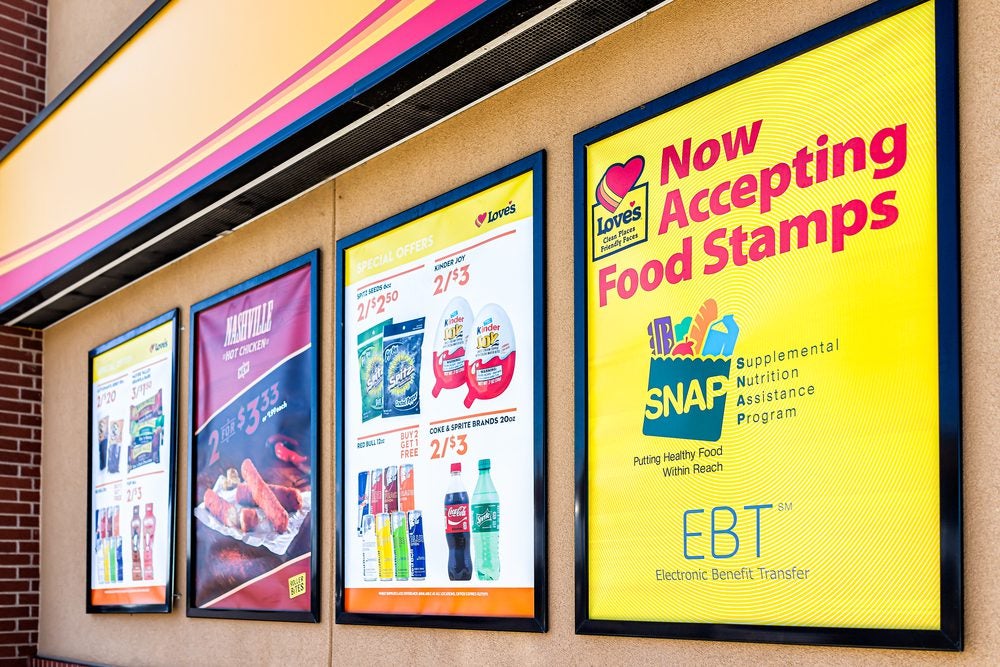The pulse of healthcare promotion has quickened. Consumer ad spending in the prescription drug category has skyrocketed since ’97, and healthcare organizations have begun to market aggressively to retain members as providers consolidate. Marketers in both segments are honing promotion strategies that complement image advertising in the new healthcare climate.
Three factors will drive healthcare companies’ future marketing strategies. First, the Patient Bill of Rights working its way through federal government shifts control back to doctors and patients from managed care providers. Second, consumers will continue to become more proactive in their own care, so marketers will increasingly talk directly to them. (That’s big medicine for drug companies, especially for those peddling “lifestyle” drugs like Viagra.) Third, more consolidation among healthcare organizations will increase efforts to keep members.
Prescription drug companies have pioneered new uses of classic promo tactics since the Food & Drug Administration relaxed restrictions on direct-to-consumer advertising in August ’97. Rx marketing hit $5.8 billion in ’98, with direct-to-consumer ads up 23 percent to $1.3 billion, reports medical consultancy IMS Health. Managed care companies are also spending more on ads, and have begun adding promotion.
Both segments take different paths to the same goal of making people healthy. Drug companies cure sick people by selling drugs. Managed care companies keep people healthy through prevention, “selling” as little corrective care as possible. That calls for very different promotion tactics: continuity for drugs, retention for managed care.
CONTINUITY: THE RX FOR DRUGS
As the Patient Bill of Rights shifts power back to doctors and patients from managed care companies, direct-to-consumer advertising and promotion “will continue full steam ahead,” says Laura Mindell, exec vp-director of DVC ActiveCare, Morristown, NJ. “To patients, promotion is kind of natural. We live and breathe as consumers.”
Classic promotion is new to healthcare, and will expand as companies realize they’re competing like never before for consumer attention.
Drug marketers such as Schering-Plough have adopted continuity programs to keep patients in treatment. Schering Oncology Biotech’s two-year-old Crossing Bridges campaign boosted compliance among chemotherapy patients on Intron A, a drug nicknamed “flu in a bottle.” Patients get periodic mailings throughout their one-year treatment schedule with practical premiums including phonecards and notepads. DVC ActiveCare handles.
Be In Charge, a broader campaign targeting Hepatitis B and C patients on Intron A, has similar continuity mailings but also a support group kit for nurses, public awareness seminars for managed care companies and employers, and P-O-P and customer newsletters for pharmacists. “We’re surrounding consumers at every point,” Mindell says.
A disease’s prevalence dictates promotion tactics. Specific afflictions like melanoma are tightly targeted. Broader tactics are used for widespread conditions like obesity. DVC ActiveCare is developing a mall tour to raise consumer awareness of a common disease and a new drug to treat it. Mall shoppers get premiums and product information to discuss with their doctors.
Prescription records foster intimate direct marketing that improves compliance. Health Resource Publishing Co., a St. Louis-based division of Catalina Marketing, St. Petersburg, FL, found that its personalized newsletters improved compliance (refilling scrips on time) and persistence (taking pills on schedule) about 10 percent. (Healthcare researcher IMS Health measured results.)
When a scrip is filled, it triggers a newsletter with info on the drug and ads specific to that drug and disease. Health Resource prints three million newsletters each week. Advertising boosts advertisers’ market share 10 percent for Rx drugs and seven percent for over-the-counter meds, says Health Resource president Mike McClorey. Fully 4,600 pharmacies are in the network, with another 5,000 expected to join by mid-2001.
Health Resource launched Compliance Direct this summer, selling software to pharmacists who do their own follow-up mailings (to protect patient privacy). Health Resource sells ad space, splitting revenues with pharmacists. Already 1,100 pharmacies have bought the software; another 5,000 are considering it, McClorey says.
“Patients are more proactively looking for information” to get better treatment under managed care, McClorey says. “We’ll never be the last word, but if we can teach a 55-year-old woman how to pronounce `osteoporosis,’ she’s more likely to ask her doctor about it.”
RETENTION SUITS HMOs
Healthcare organizations, still relatively new to promotion, use pharmaceutical marketers as examples and mentors. “To the degree that drug companies can h elp healthcare organizations with marketing, they’ll foster better relationships,” says DVC vice chairman-business creation Peter Dugan. “It’s like co-marketing among packaged goods.”
Managed care companies’ biggest concern now is retaining members in markets with long-established HMOs. Both coasts and the Southeast are very mature, and the Midwest is mostly mature, says Jim Bevins, account director of the healthcare group at direct-marketing agency Budco, Detroit. “As markets mature, benefits and costs all look the same, so companies do value-added programs to differentiate themselves,” he says. “They’re also doing more `ounce of prevention’ programs to keep members healthy.”
Take the SilverSneakers program of HealthCare Dimensions. The Tempe, AZ, company runs this exercise program for Medicare-eligible members, offering basic health club membership and “senior-safe” classes. Budco handles marketing.
HMOs have begun using classic database marketing to customize quarterly newsletters and follow up with new members. Budco – whose clients include Ford Motor Co., DaimlerChrysler, and Walt Disney Co. – segments HMO members into six categories such as asthmatics, diabetics, and geriatrics to provide tailored newsletters. The agency follows up with its clients’ new members 18 times in the first year via phone and direct mail to engage them and collect information. “Everything you learn about the person goes into the file” for future follow-up, Bevins says.
HMOs set their own guidelines for how much info to put into a marketing database, but sensitive medical details are kept private. “We walk a fine line between general information and information that’s so specific it could be construed as medical advice,” so most newsletters focus on lifestyle issues, Bevins says.
That suits proactive patients just fine. And preventive care is a comfortable marketing platform because it centers on health, not illness. That puts managed care companies in a positive light – something they’ll need as the Patient Bill of Rights takes hold.



